How to Remove Flicker From Video Before You Even Shoot
Framerates and shutter speed have been dominant factors in film and TV production for a century, since the advent of the medium. However, now that we have moved into the digital age and more people watch online content than TV or film content combined (especially true for Gen Z), we have a question on our hands…
Does framerate and/or shutter speed matter for digital content?
Watch the Video
A Brief History – Is There Such a Thing as a Normal Frame Rate?
It is worth looking back briefly to understand why we are at the point we currently are.
There are numerous framerates that are used in film, TV and now digital media. However, traditionally there were only a few that really mattered.
How do I know what I’m talking about? Head to the DigiProTips Experience and Background page to find out how I’ve built up my knowledge over a career spanning feature film, broadcast TV and digital content production.
24FPS (23.976fps)
The 24fps framerate (commonly known as the standard video frame rate) is the traditional framerate for feature film, since the standard was made in 1927 with The Jazz Singer. Before this, film was recorded with a hand cranked camera and would naturally have a variable framerate of anywhere between 14 to 26fps because of the human element involved. Yet all film was projected at 24fps. This resulted in jerky motion in the playback until the Vitaphone process was adopted to alleviate this.
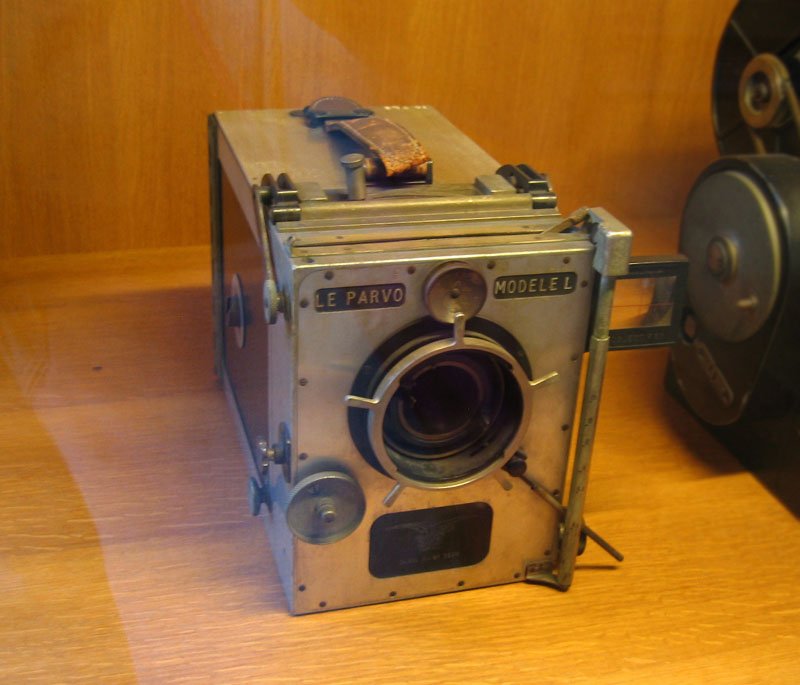
So for nearly 100 years feature film has predominantly been filmed at 24fps (or 23.976 to be exact). This is has come to be known as the ‘normal frame rate’ or the ‘cinematic framerate’.
25fps
The 25fps framerate is the standard video frame rate for all modern PAL TV recordings. The reason for this framerate is more to do with electrical grids and the way television sets displayed the image than anything else.
In most of the world where a PAL signal is received, television sets are set to a 50hz frequency (the base rate at which the human eye distinguishes images as motion). 50hz is the rate at which current in the electrical grid of PAL countries is supplied. This made a good reference signal for broadcast cameras to lock on to in the early days of TV.

Television sets would be supplied with an interlaced signal sent 25 times a second. The television set would then display the images de-interlaced at twice that rate, therefore making a framerate rate of 50fps. Your eye would actually only see half an image each frame, made up of horizontal bars of the image on the screen, with each bar missing a section in between. But due to your brains ability to perceive motion you did not notice the missing information of the image due to the refresh rate of 50hz.
25fps therefore is still the standard video frame rate for PAL countries as it is a progressive framerate and is perfectly compatible with modern and old analog TV sets alike.
30fps (29.97fps)
30fps is therefore the normal frame rate of all non-PAL countries, otherwise known as NTSC (Canada, US, Japan, South Korea). 30fps is derived from the 60hz signal used in these countries, displaying 60fps interlaced imagery.
However we actually should call 30fps 29.97fps due to the advent of colour television and an artefact in the display of 60fps in NTSC countries. When NTSC colour was introduced in 1953, the older rate of 60 fields per second was reduced by a factor of 1000/1001 to avoid interference between the chroma subcarrier and the broadcast sound carrier. (Hence the usual designation “29.97 FPS” = 30 frames (60 fields)/1.001). Source.
Shutter Speed
The shutter speed now becomes a factor to enable the ‘natural motion blur’ we are accustomed to.
To capture an image on the sensor of a camera the internal shutter needs to close for the image to be captured. However, closing the shutter every frame creates a moving image that seems, somewhat, unnatural.
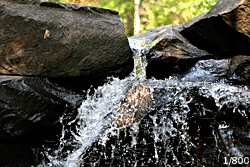
So, to get motion that we perceive as natural in the real world we need to change the shutter speed depending on the framerate we are using. The most natural motion blur we are used to is the one we see on television or in films. Therefore bringing us back to those 50hz and 60hz numbers again.
To get a natural motion effect we need to close the shutter twice as fast as the sensor takes an image. This reduces the light hitting the sensor and introduces blur. At 25fps we would then need to close the shutter 50 times a second. A shutter speed of 1/50 would be chosen. For 30fps we would use 1/60. This would be the native normal shutter speed for PAL and NTSC countries.
The Digital Age
So, why does all of this matter in the digital age?
We can film at any rate we choose on modern cameras and play it back at any rate we choose. We can even edit it at any rate these days due to modern editing software applying the pulldown needed to interpolate the footage at the correct display rate.
What we don’t have control over is the electrical grid and the refresh rate of lighting.
This is where flicker becomes a problem and removing flicker from video before it’s even shot means you need you think about lighting.
Where You Shoot
We now have an issue being introduced for interior shoots. Or at least shoots that use lighting elements with a refresh rate akin to the electrical current being used.
If you are in one of the old standard PAL countries then your lighting will most likely still be refreshing at 50hz (though you can’t see that due to your brains interpretation of motion).
If you try to shoot in a 50hz environment at 30, 60, 120 or 240fps then you are going to find your footage has flicker. And bad flicker at that too.
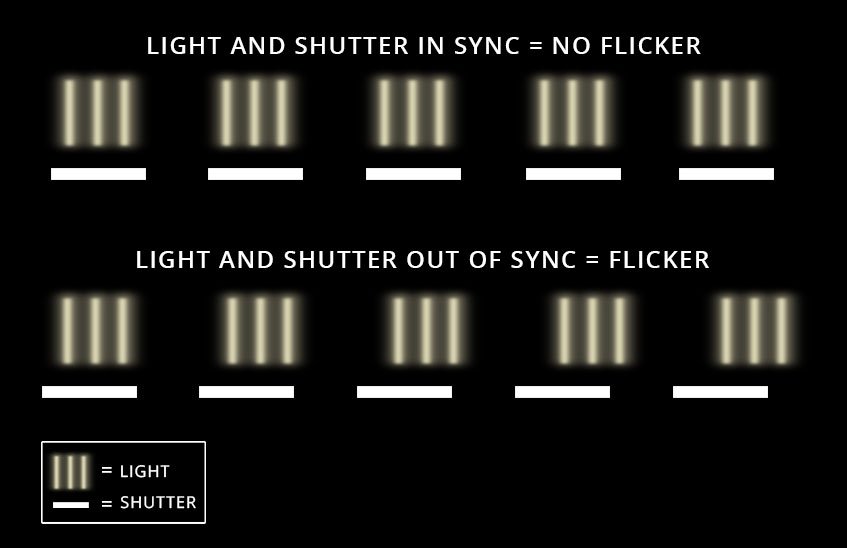
See, your camera is capturing a frame 30 times a second but your lights are flickering 50times a second. That means the camera will inadvertently capture an image at a time when the light is not fully lit. This causes the flicker you see in the footage.
The same happens if you try to shoot 25fps in a NTSC 60hz country.
This means we do have to adhere to that countries electrical frequency if we are shooting inside or with lighting that uses that frequency.
Matching your framerate to the country you are in is easy, as long as you remember that they need to be able to be divided by a whole number. For example, 50hz divided by 25fps equals 2 but 50hz divided by 30fps equals 1.6 recurring., not a whole number.
What if you want to shoot at 24fps?
Well neither 50 or 60hz can give whole numbers when shooting at 24fps. This means we can’t match framerates.
The next best tool we have at our disposal in modern cameras is then to match the shutter speed.
So if we are shooting at 25fps in Europe we would ensure a normal shutter speed of 1/50 or 1/100 to ensure a whole number division. If in NTSC then we would choose 1/60 or 1/125 (there is no 1/120 shutter speed so we have to use the nearest).
Slow-Motion Shooting
What if you’re aiming to shoot in slow-mo?
The same applies as above. Use the shutter speed to match the electrical frequency.
When shooting in slow-motion the normal shutter speed should always be double the framerate to begin with to ensure the correct amount of motion blur. So if shooting at 120fps you would set a shutter speed of 1/250 and if shooting at 240fps you would set a shutter speed of 1/500.
From this base rate you can then work out which shutter speed you need based on the country you are in.
Conclusion
The above is necessary to remove flicker from video before you shoot but it’s dependent on the country you are shooting in and the electrical frequency it uses.
However, this is all assuming that you are shooting indoors using lighting such as fluorescents, lamp bulbs, LED monitors, etc that use the AC electrical frequency to operate.
Light systems such as the Kino Flo range are designed to operate in either 50hz or 60hz environments and therefore will exhibit zero flicker on camera if correctly set up. The lights are not your medium budget studio light, these are prosumer lighting units but for very good reason! The Kino name is renowned for their quality.
Disclaimer. This post may contain affiliate links. We make a small commission if you buy the products from these links (at no extra cost to you). As an Amazon Associate, I earn from qualifying purchases. But we only recommend products we would use ourselves. For more information, click here to see our disclosures.
If you are shooting externally in natural light then you have much more freedom and can pretty much shoot at any framerate and shutter speed you choose.
The same is also true if you are in a studio with no internal lighting being used and are only using studio lighting such as high powered LED lights.
DigiProTIps
Fo more lighting tips, check out our guide to lighting here:
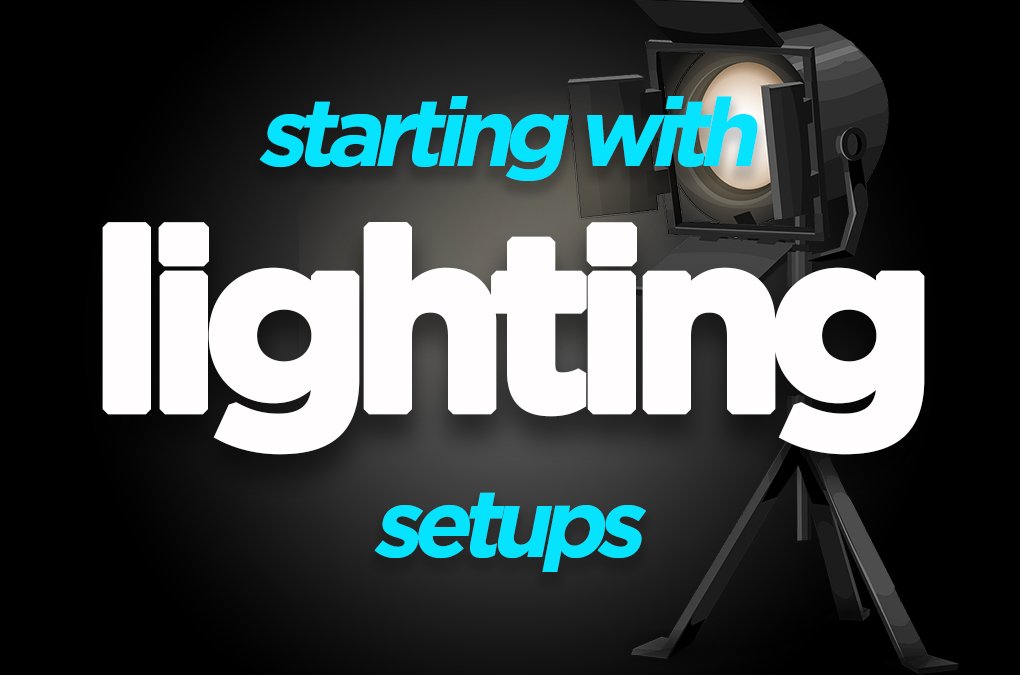
And to learn about aspect ratios and their importance check out our article here:
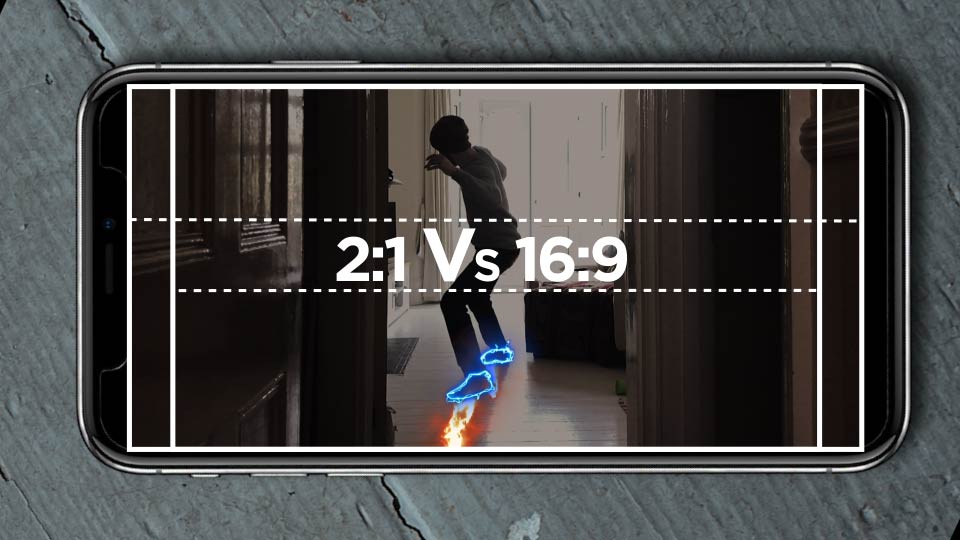


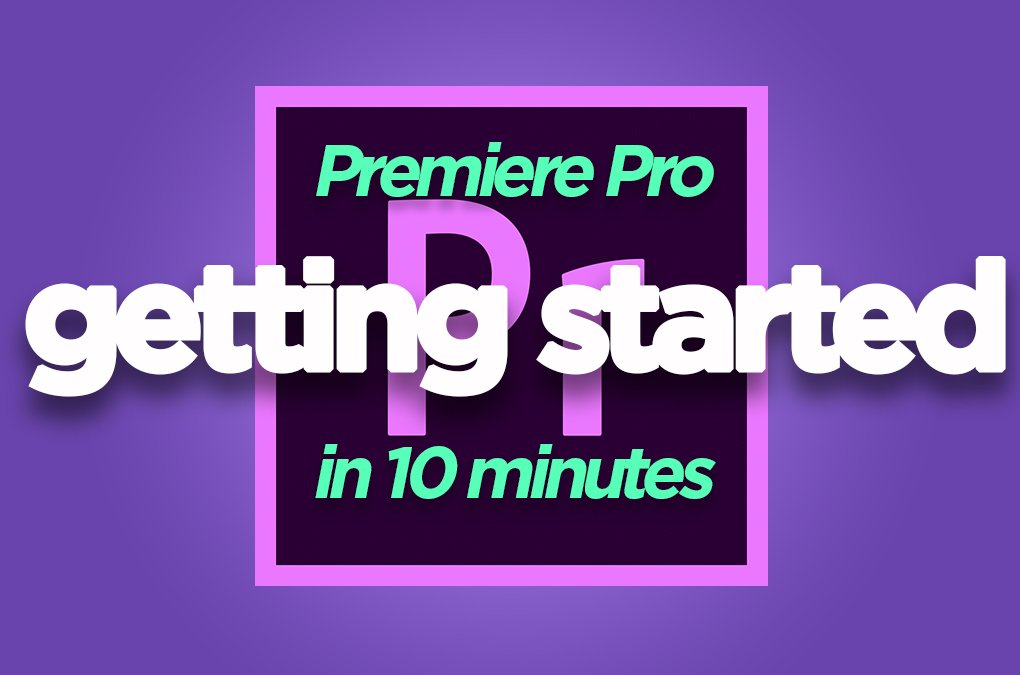
Pingback: How to Get the Best YouTube Channel Studio Setup - for the Lowest Budget -
Pingback: X Rite Color Chart - Get Perfect Color in Camera, Everytime! - DigiProTips